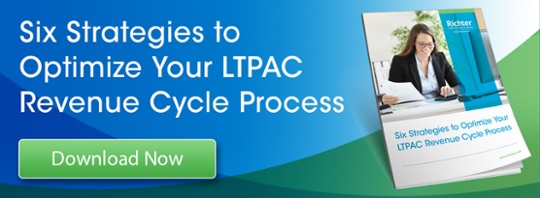- Solutions
- Accounting
- Additional Documentation Requests (ADRs) Management & Support
- Clinical Consulting
- EHR Implementation & Optimization
- Medicaid Eligibility
- Outsourced Contract Controller Services
- Outsourced Revenue Cycle Management
- PointClickCare® Consulting
- QAPI Consulting
- Resident Trust Fund Management & Advisory Services
- Revenue Cycle and Reimbursement Consulting
- Who We Serve
- Resources
- Careers
- About Us
- Contact

 Every organization uses a chart of accounts to categorize its financial records, and the long-term post-acute care industry is no different. The chart of accounts is essentially the overall framework for how financial information is organized and presented, and the way it is structured can significantly impact critical business decisions.
Every organization uses a chart of accounts to categorize its financial records, and the long-term post-acute care industry is no different. The chart of accounts is essentially the overall framework for how financial information is organized and presented, and the way it is structured can significantly impact critical business decisions.
